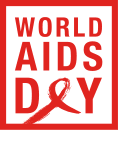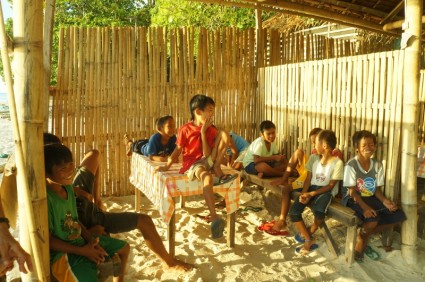WHAT IS WORLD AIDS DAY?
World AIDS Day is held on the 1st December each year and is an opportunity for people worldwide to unite in the fight against HIV, show their support for people living with HIV and to commemorate people who have died. World AIDS Day was the first ever global health day, held for the first time in 1988.
WHY IS WORLD AIDS DAY IMPORTANT?
Over 100,000 people are living with HIV in the UK. Globally there are an estimated 34 million people who have the virus. Despite the virus only being identified in 1984, more than 35 million people have died of HIV or AIDS, making it one of the most destructive pandemics in history.
Today, scientific advances have been made in HIV treatment, there are laws to protect people living with HIV and we understand so much more about the condition. Despite this, each year in the UK around 6,000 people are diagnosed with HIV, people do not know the facts about how to protect themselves and others, and stigma and discrimination remain a reality for many people living with the condition.
World AIDS Day is important because it reminds the public and Government that HIV has not gone away – there is still a vital need to raise money, increase awareness, fight prejudice and improve education.
 Patients living with sickle cell disease live with many challenges. The presence of sickle hemoglobin leads to sickling of the red blood cells and activation of white blood cells which together block the microcapillaries that bring oxygen to tissues producing bouts of pain, sometimes requiring hospitalization, and damaging many tissues in the body. There is a tremendous unmet medical need facing those whose lives are impacted by this devastating disease.
Patients living with sickle cell disease live with many challenges. The presence of sickle hemoglobin leads to sickling of the red blood cells and activation of white blood cells which together block the microcapillaries that bring oxygen to tissues producing bouts of pain, sometimes requiring hospitalization, and damaging many tissues in the body. There is a tremendous unmet medical need facing those whose lives are impacted by this devastating disease.
